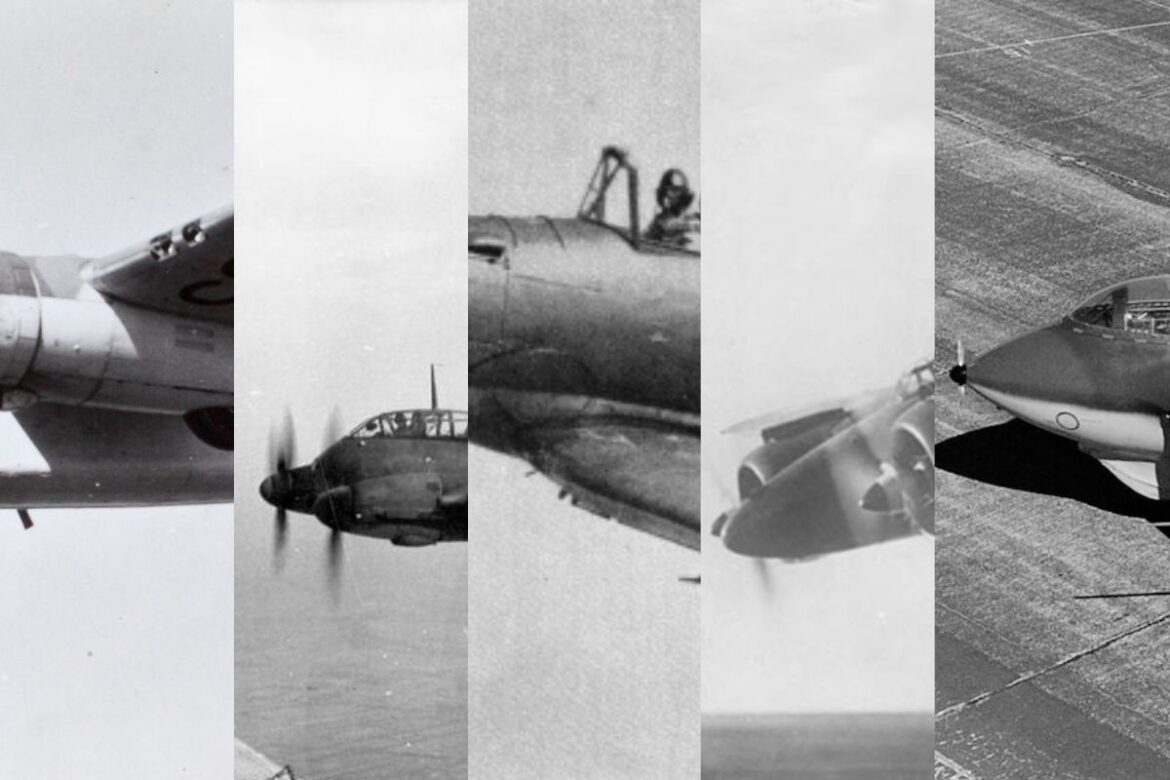It’s simple to forget that airplanes had only been there for around 30 years before the beginning of the Second World War. Since the science of airplane design was still in its infancy, no one was certain how future aircraft would look. There were countless failures for every Supermarine Spitfire, B-29 Superfortress, and Messerschmidt 262 victory. These are the worst aircraft of the Second World War—completely unmanageable, incredibly slow, and prone to explosion.
Blackburn Botha
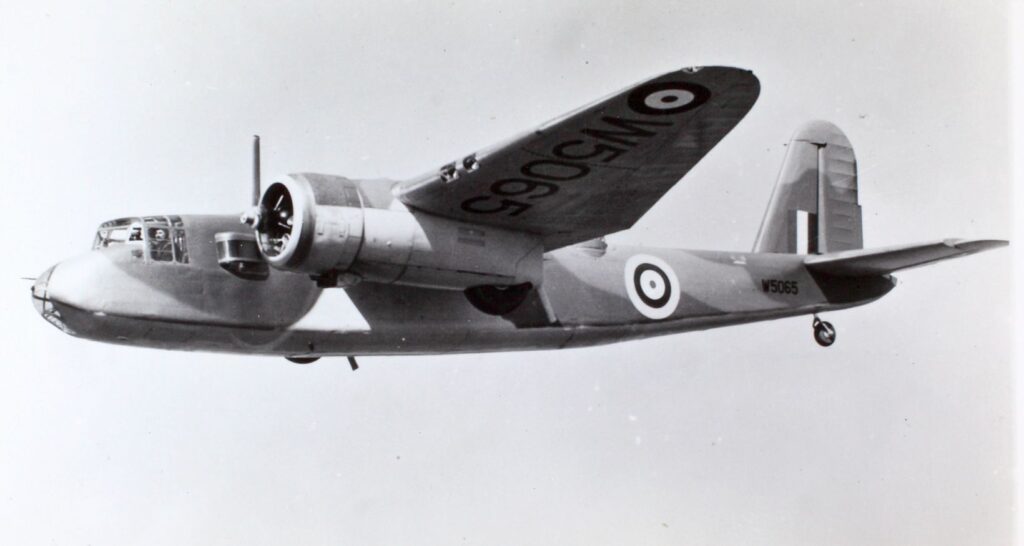
The British government issued a request for proposals in 1935 for a three-man, twin-engined aircraft that would serve as both a recon and torpedo bomber. The Bristol Beaufort and the Blackburn Botha were the two designs that were approved. Nevertheless, the government changed the specifications before everything could be put into place. They now desired a four-man airplane. This required stronger engines, but they weren’t readily accessible. The designers attempted to cancel the project but were rejected.
The Blackburn Botha had to be content with its resources. Its two 930-horsepower Perseus engines and incredibly massive airframe were all it had. It had no rear windows, little side visibility, and lumbered around the sky at slightly over 180 knots. The Botha was as far away from a swift recon plane as it was possibly possible to be. However, in 1936, 442 were ordered. The Botha had earned a reputation as a deathtrap by the time the air war over Britain had started in 1940.
Even seasoned pilots had trouble controlling it, and a string of catastrophic crashes solidified its bad reputation. Despite being returned to training squadrons, Bothas caused much more harm there. 145 of the 478 dispatched to training squadrons crashed on land, and 24 were lost at sea due to engine failure. Many novice pilots and crew members perished while attempting to land the lumbering beast. The design was abandoned by 1944.
Messerschmitt Me-210
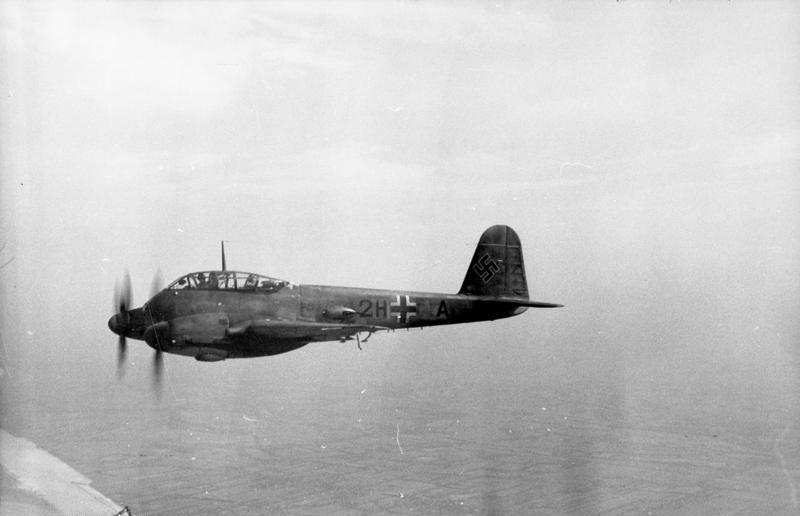
The Luftwaffe was facing its own design issues across the Channel. They were developing a new aircraft to take the place of the obsolete Messerschmitt Bf-110. The Me-210, the pinnacle of German engineering, was the outcome. On paper, it had all the right components: two powerful engines, a bomb bay to lessen drag, and cutting-edge remote-control weaponry. Yet as soon as the Me-210 took flight, the issues started. The experimental plane trembled violently in the air. It had a bad propensity of stalling out in turns and then entering a fatal spin. It was completely unsteady. This is how the second prototype was lost; the test pilot bailed off after concluding that the spin couldn’t be recovered.
Pilots eventually despised flying the Me-210 as more prototypes and design changes made no difference. Fritz Wendel, the chief test pilot at Messerschmitt, went so far as to say that it possessed all the least desirable characteristics an airplane could have. The project was hurriedly completed, and by April 1942, brand-new Me-210s were being delivered to Luftwaffe troops. The airmen detested the aircraft and usually thought that boarding one was about as safe as using a Panzerfaust to play Russian roulette. Production was stopped and a redesign was in motion within a month. In an effort to deceive the Luftwaffe crews, the Me-410 designation was given to the rebuilt aircraft.
Blackburn Roc
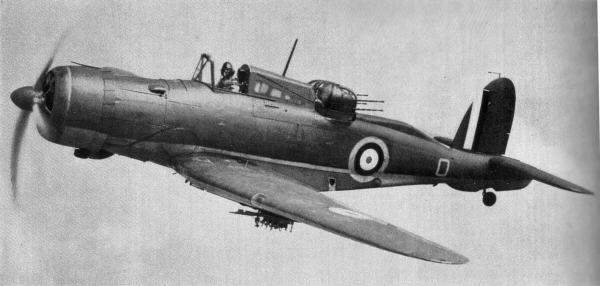
It appears that the Royal Air Force’s problems with the aircraft maker Blackburn during World War Two were endless. One of their fighters on the carriers, the Roc, proved to be so ineffective that it only brought down one enemy aircraft. In 1936, while British interest in so-called “turret fighters” was surging, the Blackburn Roc was created. These were fighter aircraft with a fixed mobile turret facing the rear that was located behind the pilot’s seat. Squadrons of turret fighters intercepting bombers and shooting them down with interlocking machinegun fire were how the air marshals pictured it happening.
For soldiers who had learned to fight in the static trenches of World War One, it made sense, but by the 1930s, the theory had become antiquated. Roc’s development nevertheless continued. It made its first flight in 1938, but it soon became too heavy, slow, and sluggish in maneuvers.
Alexander Ramsay, the Chief of Naval Air Services, attempted to halt the project right away, but he was overridden. As work went on, the Blackburn Roc was completed and prepared for battle in time for the Allied Campaign in Norway. German bombers were being intercepted by Rocs, which was flying out of the aircraft carrier HMS Ark Royal. But it was here that a fatal design defect was found. The Blackburn Roc was substantially slower than German aircraft and lacked forward-facing guns, allowing it to only fire sideways or backward.
Combined, both factors made it impossible to engage in combat effectively. It was useless. A Roc was never successful in shooting down an enemy aircraft on its own. By the end of 1940, the Roc had been taken out of active use and dedicated to target towing and training. Some had their turrets removed, and when they were secured into the ground, they were very effective at defending against aircraft.
Breda 88
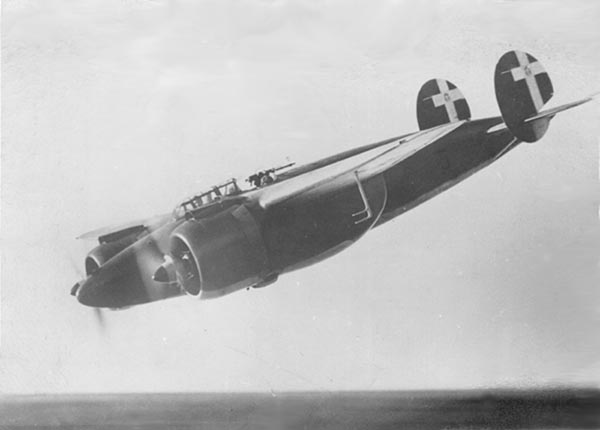
Yet, not every aircraft that performed poorly during the conflict had a poor design from the outset. In fact, the Italian Breda 88 held the world record for speed. What went wrong, then? In order to meet what many at the time saw to be completely irrational expectations from Fascist Italy’s Regia Aeronautica, the Breda 88 Lince was created in 1936. The men working for Mussolini desired a fighter bomber with a 530 kph top speed and a 2,000-kilometer range. This was quicker than any existing aircraft. The Italians were successful, and their prototype, which averaged 554 kilometers per hour over a 100-kilometer stage, broke the world speed record in 1937.
Later on in the same year, it set a new record by traveling over a 1000-kilometer stage at an average speed of 530 kilometers per hour. The Breda 88 was slated to be the next development in aerial warfare, according to fascist propaganda, which praised the accomplishments of Italian designers and engineers. And then it horribly failed. The plane needed to be laden with more than a ton of auxiliary gear in order to meet military specifications. The weight of the aircraft was significantly boosted with radios, weaponry, and ammo. This weight gain was catastrophic for a fast racing machine.
To make matters worse, when the aircraft landed in North Africa, Italian technicians added sand filters to the air intakes. This reduced the planes’ power by more than half, and some of them were so heavy that they were unable to take off. Italian ground crews disassembled their aircraft since they were practically unable to fly, then dispersed the parts throughout decoy airfields. An unfortunate finish for the engineering brilliance of fascism.
Me-163 Komet
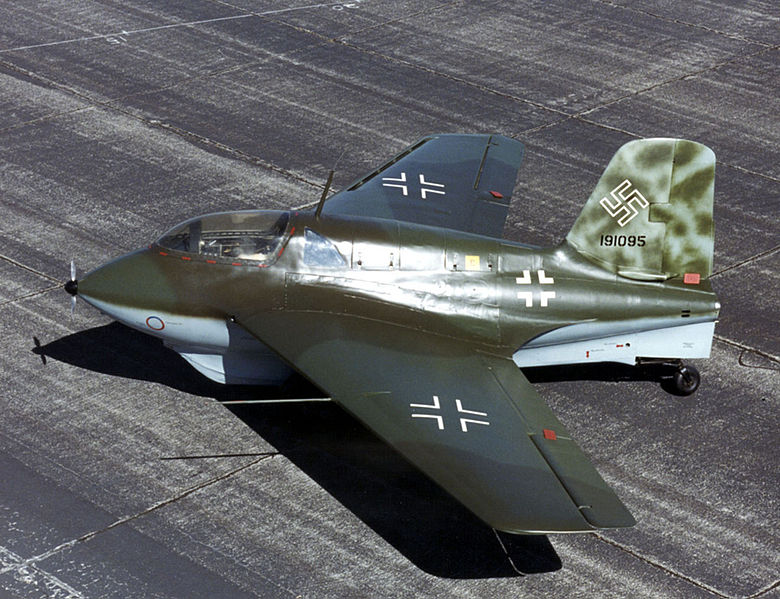
The Germans were having trouble landing, especially with the Messerschmidt Me-163, also known as the Komet, while the Italians were having trouble getting their wonder plane airborne. It’s interesting to note that Hermann Goring’s 1944 Emergency Fighter Program, a desperate attempt to reclaim their skies from the menace of Allied bombers, did not produce this pocket rocket. Actually under development since 1937, the Komet made its first flight in 1941. It accomplished 1,004 kilometers per hour in October of that year, setting a record that wouldn’t be broken until long after the war.
A liquid-fueled rocket engine and the Komet’s lightweight design were responsible for its amazing speed. The “T-stoff” rocket fuel, invented by engineer Hellmuth Walter, was so reactive that it exploded when it came into touch with organic material. The Komet’s fuel alone caused numerous pilots and ground crew members to suffer severe injuries or lose their lives. Yet, Goring was prepared to pay this price in the closing stages of the conflict. Due to the Komet’s speed, Allied fighters were unable to stop it, making bombers vulnerable.
The Komet had just approximately seven seconds of fuel left before it turned into a glider. The pilot had only this amount of time to shoot down an enemy. As the fuel was used up, the Komet became a much simpler target. For the whole conflict, Komet pilots only claimed nine victories. Walter designed the Komet to glide exceptionally well. Maybe even too well, as a slight breeze might easily carry it out of its landing approach and into trees, a hill, or a structure. Around 80% of Komet pilots died while attempting to land their snub-nosed rocket aircraft.

